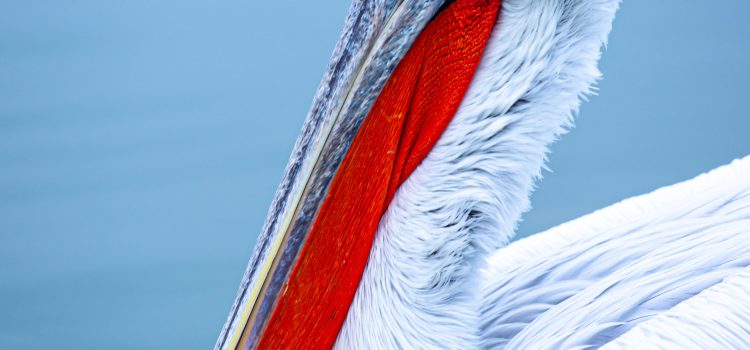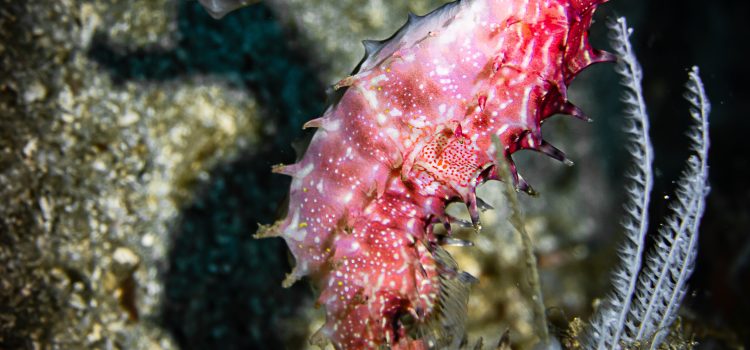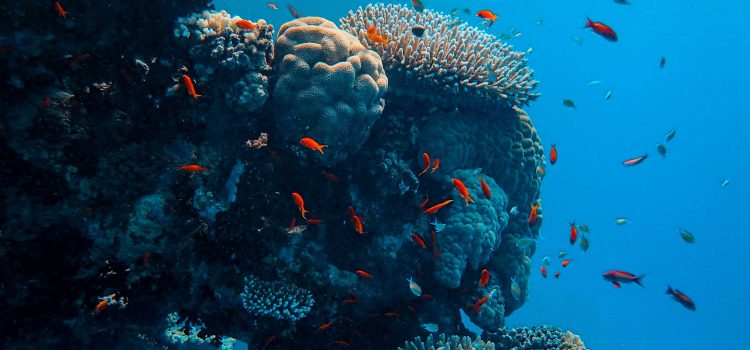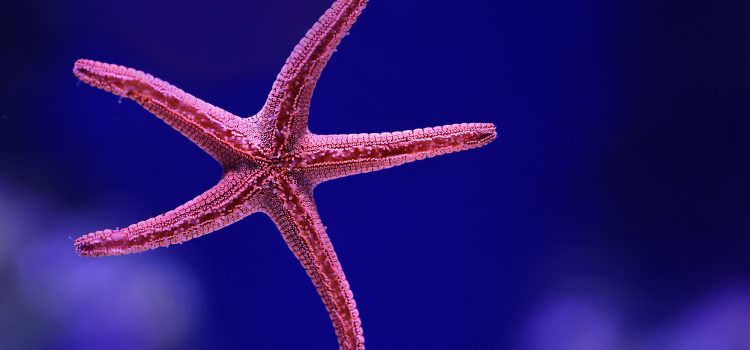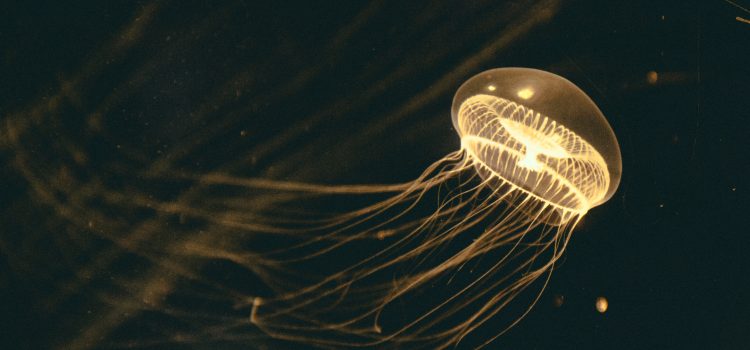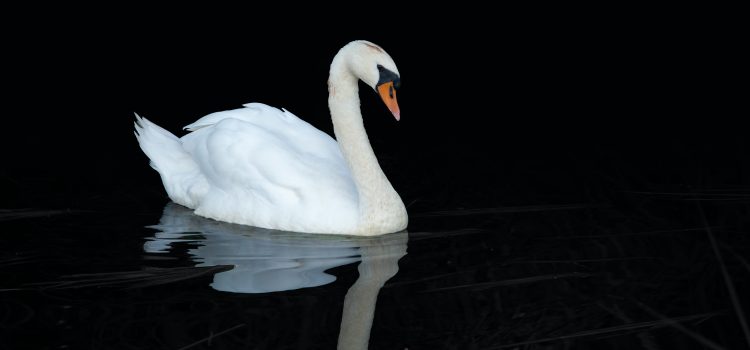
Leopards are one of the most enigmatic and strikingly beautiful animals in the wild. Their distinctive spotted coat, stealthy movements, and incredible power make them a formidable predator in the animal kingdom. Found in the wilds of Asia and Africa, leopards are one of the few big cats that have adapted to a variety of environments, including forests, savannas, and mountains.
Leopards are solitary animals that prefer to hunt and move alone. They are incredibly stealthy predators that are known for their ability to stalk their prey without being seen or heard. Their keen senses of smell, sight, and hearing enable them to locate prey from a distance, and they are fast enough to chase down prey when necessary. In fact, leopards can run up to 36 miles per hour and jump over 10 feet in a single bound, making them one of the most athletic predators in the wild.
One of the most remarkable things about leopards is their ability to adapt to their surroundings. They are able to thrive in a variety of environments, from dense forests to arid savannas, and they have evolved to become expert climbers and swimmers. Leopards have powerful hind legs that allow them to jump from tree to tree, and they use their long tails for balance when climbing. They are also strong swimmers and have been known to cross rivers and swim long distances in search of prey.
Leopards are opportunistic hunters and will prey on a variety of animals, including antelopes, gazelles, monkeys, and birds. They are also known to hunt domestic livestock, which has brought them into conflict with humans in some parts of the world. Despite their reputation as skilled hunters, leopards are not invincible. They face threats from habitat loss, poaching, and human-wildlife conflict, which have led to declines in their populations in some areas.
Conservation efforts are underway to protect leopards and their habitats. In many parts of Africa and Asia, protected areas have been established to provide safe havens for these animals. Researchers are also studying leopard behavior and ecology to better understand their needs and how they interact with other species in their environment. By understanding more about these incredible animals, we can work to ensure their survival and protect them for future generations.
In conclusion, the leopard is a remarkable and majestic predator that has captured the imagination of people around the world. Their incredible strength, agility, and adaptability make them a formidable force in the animal kingdom, and their beauty and grace have made them a favorite among wildlife enthusiasts and photographers. While leopards face many challenges in the wild, there is hope for their survival. By working together to protect these animals and their habitats, we can ensure that the majesty of the leopard continues to inspire us for generations to come.









